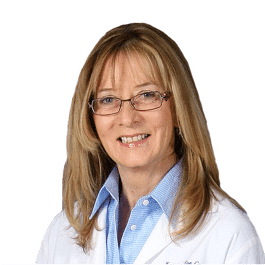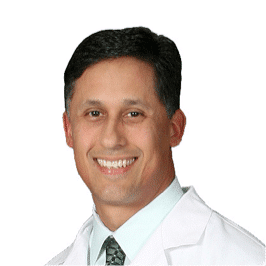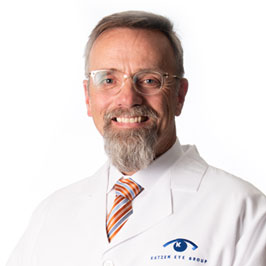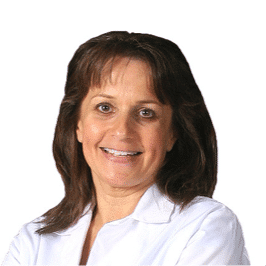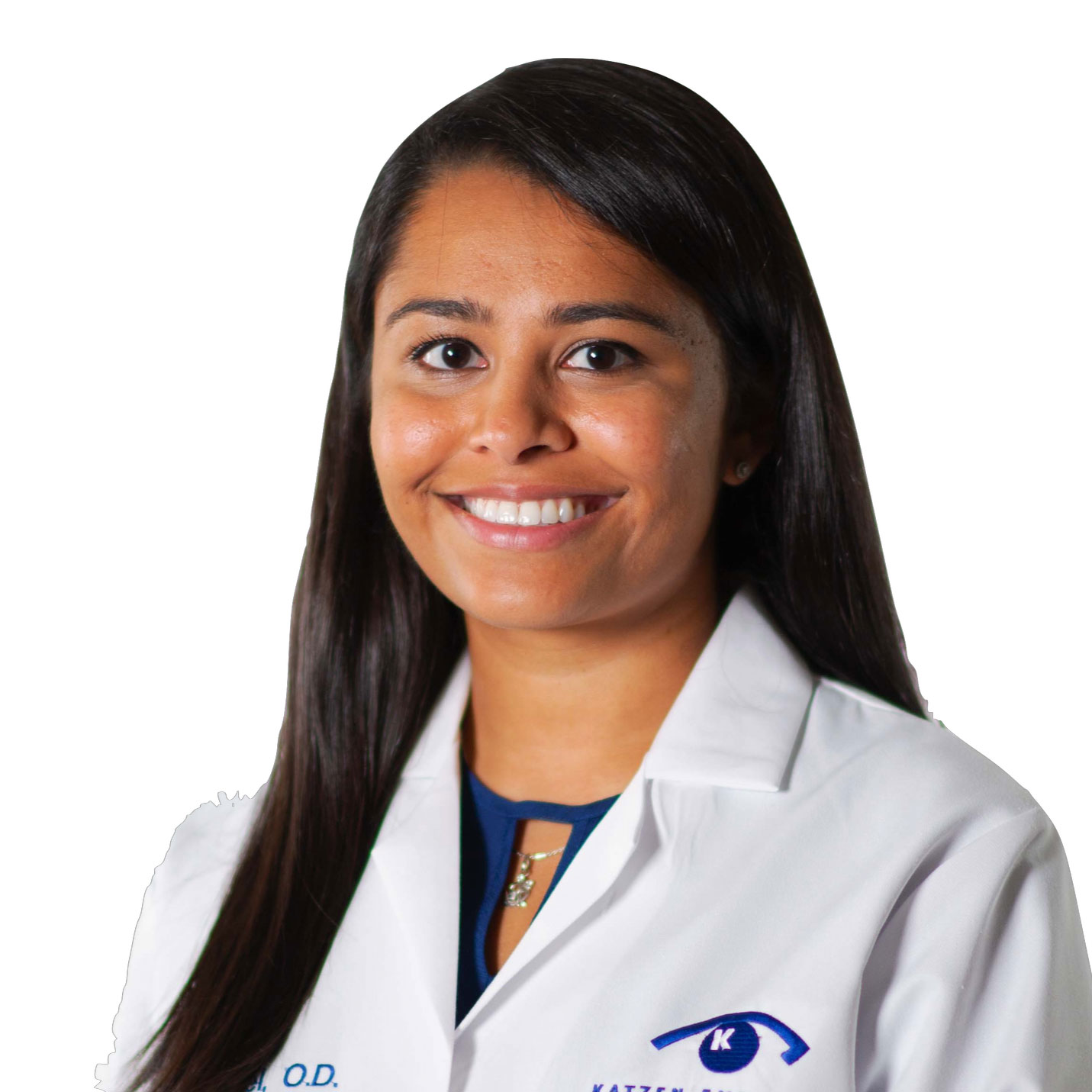Dry Eye Syndrome

What is Dry Eye Syndrome?
Dry eye syndrome is a common condition that occurs when your tears are not sufficient in keeping the front surface of the eye (cornea) well lubricated. The cornea’s health (and your comfort) is aided by your tears. Low tear production and unbalanced tear composition can have lasting effects on your vision.
How do I know if I have Dry Eye Syndrome?
- Stinging and itching of the eyes?
- Excess tearing or sensitivity to light?
- Decreased or blurry vision?
- Inflammation and redness?
- Sandy/gritty feeling?
Any of the above symptoms could be indicators of dry eye syndrome. Schedule an eye appointment to discuss these symptoms HERE.
What are my options for treating dry eye syndrome?
Dry eye syndrome can be treated in several ways. A temporary solution is the use of over-the-counter artificial tears to lubricate the cornea. However, this approach does not address the underlying problem, which is often inflammation. To combat this, there’s an FDA-approved prescription eye drop called Restasis. Restasis decreases inflammation, preventing further eye damage and aiding the eye in creating more efficient lubrication.
Should the above approaches prove ineffective in improving your vision, or if a patient desires to reduce dependency on drops, Katzen Eye Group offers a number of options.
TearCare® Treatment
TearCare® is a 15-minute in-office procedure for the treatment of meibomian gland disorder. During the treatment, sterile single-use flexible eyelid devices gently adhere to the contours of the patient’s eyelids and apply low heat. By working in conjunction with the blinking eye, proprietary SmartLid™ technology facilitates natural meibum expression when meibum is in its melted phase. The TearCare® procedure is typically repeated in biannual or annual intervals. After TearCare®, we may prescribe a corticosteroid such as Inveltys or Lotemax SM for use twice per day. LEARN MORE
The Systane iLux
By delivering thermal pulses directly to the blocked meibomian glands, the Systane iLux MGD Thermal Pulsation System can effectively remove any obstructions. The treatment takes approximately 8-12 minutes for both eyes.
Clinical studies have shown that Systane iLux increases meibomian gland function by 300% at 4 weeks post-treatment, compared to baseline. If you regularly use eye drops or have symptoms such as eye dryness and irritation, ask your doctor to evaluate your symptoms.
BlephEx™ Treatment
BlephEx TM is a six to eight-minute in-office procedure for treating blepharitis, a leading cause of dry eyes. About 30% of patients suffer from some form of blepharitis symptoms, such as:
- Itching or scratchy eyes
- Foreign body sensation
- Tearing
- Crusting
- Redness / inflammation
- Mattering
- Dry eyes
- Eye rubbing
During the procedure, a numbing drop is placed in each eye for increased comfort, then the handheld BlephEx ™ device is used to precisely and carefully, spin a medical grade micro-sponge along the edge of your eyelids and lashes, removing scurf and debris and exfoliating your eyelids. Since home treatments are not completely effective on their own, the BlephEx ™ procedure is typically repeated at 4-6 month intervals.
Frequently Asked Questions
How long does the initial consultation take?
Allow two hours total for the consultation and diagnostic procedures.

